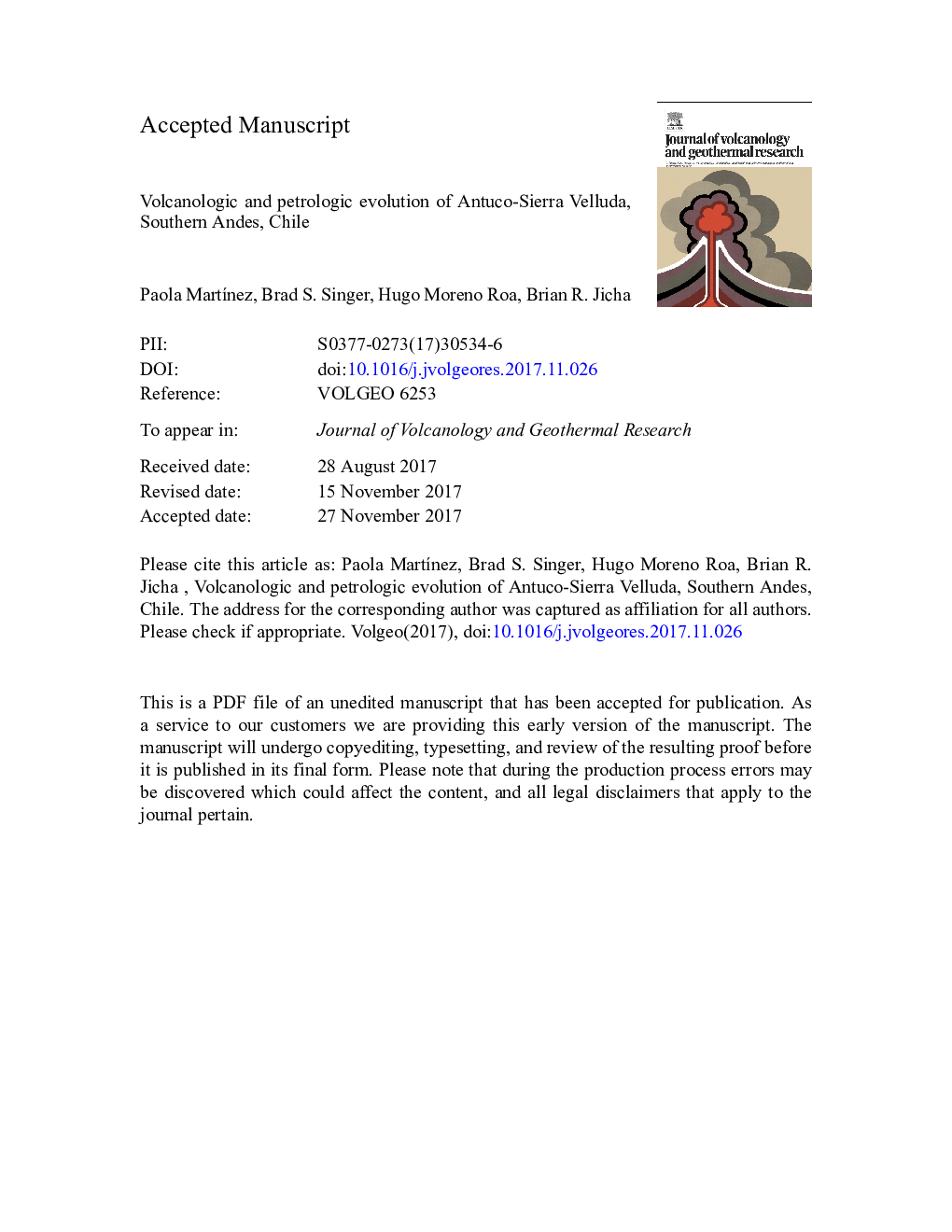| Article ID | Journal | Published Year | Pages | File Type |
|---|---|---|---|---|
| 8911439 | Journal of Volcanology and Geothermal Research | 2018 | 51 Pages |
Abstract
Whereas Sierra Velluda erupted basaltic andesitic to andesitic (53.5 to 58.7Â wt% SiO2) lavas, during the last expansion of glaciers between ~Â 130 and 17Â ka, Early Antuco erupted a wider spectrum of lavas, ranging from basaltic andesite to dacite (52.0 to 64.5Â wt% SiO2). Notably, eruptions following the last glacial termination at 17Â ka produced basalts and basaltic andesites (50.9-53.7% SiO2), and following the 6.2Â ka cone collapse they have been exclusively olivine basalt (50.9-53.0% SiO2) with >Â 5Â wt% MgO. Thermodynamic and trace element modeling suggests that lavas from Sierra Velluda and Early Antuco reflect extensive fractional crystallization of parental basaltic magmas with low water content (~Â 1Â wt%) at pressures between 0.9 and 1.5Â kbar. In contrast, eruptions following rapid deglaciation tapped asthenospheric mantle-derived basalt that has been extensively modified by assimilation of partial melts of lower crustal rocks.
Related Topics
Physical Sciences and Engineering
Earth and Planetary Sciences
Geochemistry and Petrology
Authors
Paola MartÃnez, Brad S. Singer, Hugo Moreno Roa, Brian R. Jicha,
